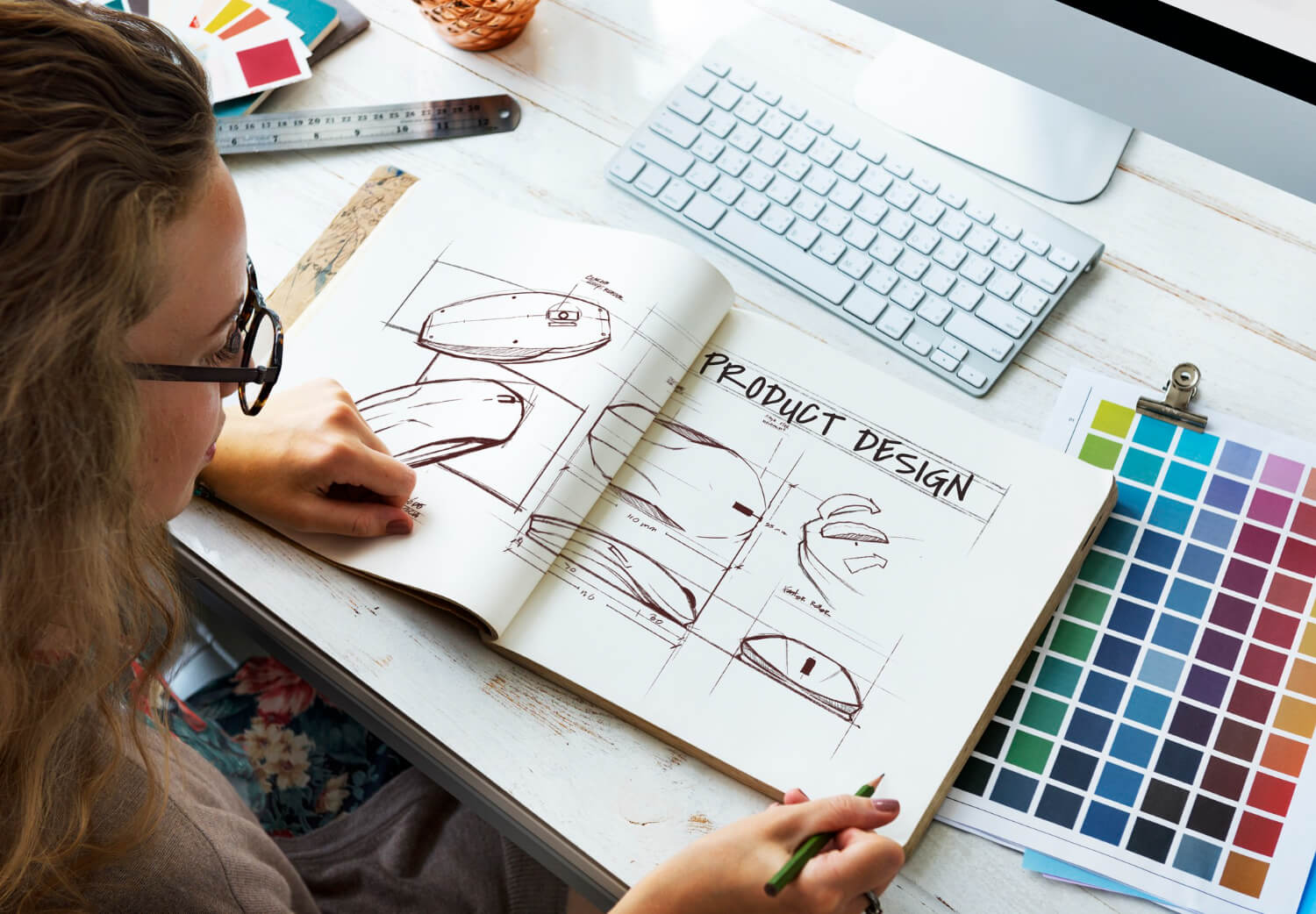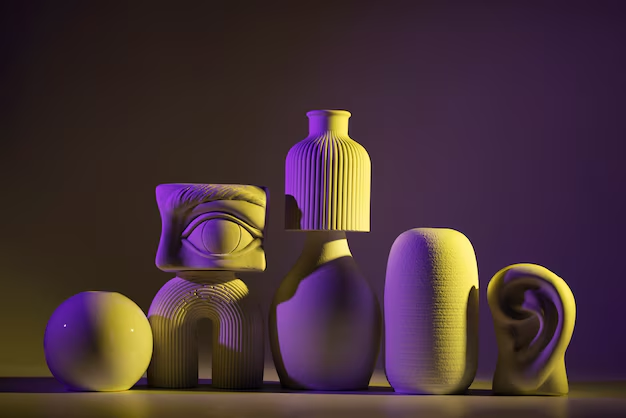For many interior designers and small business owners, the creative process begins long before picking out specific furniture, paint colors, or layouts. It starts with a vision—a guiding idea that encompasses the essence of what you want to create. This is where conceptual design comes into play, serving as the foundation upon which beautiful and functional spaces are built.
But what exactly is conceptual design, and why is it so essential? Whether you’re redesigning a boutique, planning a new restaurant interior, or creating the perfect workspace, understanding what conceptual design is and mastering its process is critical for achieving design goals with clarity and purpose.
This post will guide you through the conceptual design definition, its fundamental process, and how it can transform your design projects into meaningful artistic expressions that meet practical needs.
Understanding Conceptual Design
Let’s begin with the basics. At its core, conceptual design is the early phase of the design process where big ideas take shape. It involves brainstorming, exploration, and translating abstract concepts into tangible plans. Rather than focusing on technical or logistical details, the goal at this stage is to outline the vision, aesthetics, and guiding principles for the project.
For example, if you’re tasked with designing a cozy café, the conceptual design phase might focus on ideas like “welcoming warmth,” natural materials, or “a home away from home.” These concepts become the seed of inspiration for the project’s colors, layout, and atmosphere.
Unlike highly technical or detailed planning, conceptual design serves as a bridge between abstract ideas and practical solutions. It prioritizes creativity and exploration to ensure the end result aligns with the desired vision and purpose.
Why Conceptual Design Is Essential
Conceptual design isn’t just about dreaming big—it’s about creating a blueprint for success. By establishing a clear concept early on, you can streamline decision-making, reduce costly mistakes, and maintain a cohesive design throughout your project.

For interior designers, it provides a roadmap for discussing ideas with clients and collaborators. Small business owners benefit by ensuring their physical spaces reflect their branding and values. Conceptual design is the art of aligning function with form to create spaces that are as practical as they are beautiful.
The Conceptual Design Process
Creating a compelling conceptual design involves a sequential process that ensures your ideas are well thought out and grounded in reality. Here’s how it typically works for interior designers and business owners alike.
Step 1: Define the Goals and Purpose
Before jumping into creative brainstorming, you need to ask some critical questions. What is the purpose of the space? Who will be using it? What feelings or emotions should it evoke?
For example, a retail boutique should feel inviting, showcase products in their best light, and encourage customers to linger. Understanding the core purpose of the project will guide every decision moving forward.
Step 2: Research and Gather Inspiration
Once the purpose is clear, it’s time to gather ideas and inspiration. Browse design magazines, explore Pinterest boards, or visit similar spaces in person. This step is not about copying but rather identifying elements that resonate with the project’s vision.
For instance, if you’re designing a high-end coworking space, you might find inspiration in modern Scandinavian aesthetics, clean lines, and multifunctional layouts.
Step 3: Build the Concept
Now, it’s time to synthesize your research and goals into a cohesive concept. This phase involves creating a theme or story that encapsulates the essence of the design. Some designers find it helpful to create mood boards—a collage of colors, textures, and images that visually convey the concept.
For example, the mood board for a rustic-themed coffee shop might feature warm wood tones, soft lighting, and earthy accents like terracotta or exposed brickwork.
Step 4: Sketch Preliminary Ideas
With the overarching concept in mind, start sketching rough ideas for the layout and spatial organization. At this stage, the drawings don’t need to be highly detailed. Instead, they’re a way to explore possibilities for how the space might look and feel.
For instance, draw initial floor plans to indicate where furniture might be placed or how traffic will flow through the space. These early sketches act as visual aids to refine your ideas.
Step 5: Get Client or Stakeholder Feedback
One of the most valuable aspects of conceptual design is its ability to facilitate open communication. Sharing your initial concept with clients or stakeholders early in the process allows for constructive feedback and alignment before moving to more detailed design phases.
For small business owners, this may mean discussing your ideas with your team or branding experts to ensure the concept aligns with your business identity.
Step 6: Refine the Concept

After gathering input, revisit your design to refine and perfect the initial concept. This is the time to address any concerns or adjustments raised during the feedback phase and ensure every element aligns with the goals of the project.
Step 7: Translate Concept to Detailed Design
Finally, once the conceptual design has been approved, it becomes the blueprint for the next phase. Elements such as materials, color schemes, lighting, and furniture selections are finalized based on the established concept.
Examples of Conceptual Design in Practice
To fully grasp the power of conceptual design, it helps to see some examples in action. Take the redesign of a boutique hotel lobby. The concept might revolve around creating “an urban oasis.” This idea could translate into incorporating lush greenery, soft ambient lighting, and natural materials like bamboo and stone.
For a trendy new restaurant, the concept could focus on “industrial chic,” inspiring exposed ductwork, concrete finishes, and bold, geometric lighting fixtures.
All these elements maintain consistency with the overarching concept, ensuring a seamless and memorable user experience.
Why You Should Invest Time in Conceptual Design
Putting thought and effort into the conceptual design process may seem time-consuming, but it pays dividends in the long run. It ensures that projects have a clear direction and reduces the likelihood of costly mid-project changes.
Interior designers benefit by having a structured process to present their ideas, while small business owners get the assurance that their spaces will effectively serve their intended purposes.
Above all, conceptual design aligns creativity with functionality, making it an indispensable tool for anyone striving to create impactful spaces.
Start Turning Ideas Into Reality Today
Mastering conceptual design requires practice, creativity, and a clear understanding of your goals. Whether you’re an interior designer looking to elevate your services or a business owner working to translate brand values into physical space, honing your conceptual design skills is a step in the right direction.
Take the time to explore, experiment, and refine—not just your designs, but your ability to articulate the vision behind them. The stronger your concept, the greater your project’s success.



